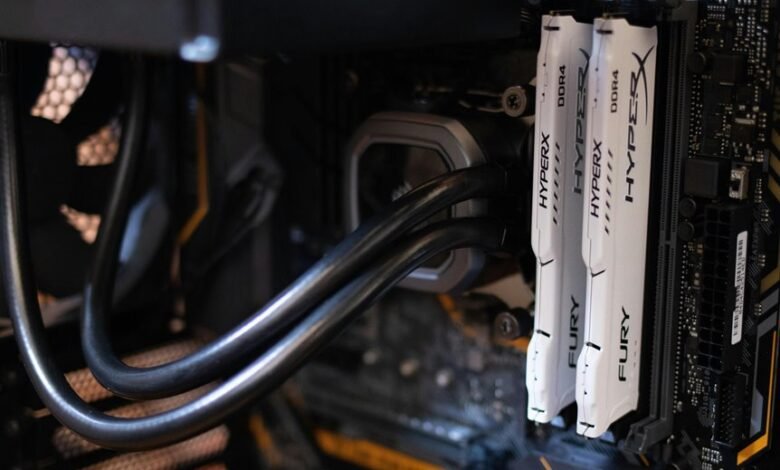How 7172008156 Is Improving Network Performance

The introduction of 7172008156 technology marks a significant advancement in network performance. Its advanced traffic prioritization and adaptive bandwidth management streamline data transmission processes. By optimizing packetization and refining protocols, it effectively minimizes latency and enhances data flow. As organizations implement this technology, the implications for efficiency and reliability become increasingly apparent. Understanding these nuances may reveal insights into the transformative potential of 7172008156 for various sectors.
Understanding the Technology Behind 7172008156
The technology behind 7172008156 is a sophisticated integration of various networking protocols and hardware components designed to enhance overall network performance.
This technology overview highlights key performance metrics, including throughput, latency, and reliability.
Key Features and Benefits of 7172008156
Key features of 7172008156 include advanced traffic prioritization, robust security protocols, and adaptive bandwidth management, all of which contribute to its superior performance.
The device offers scalability options, allowing seamless integration into various network infrastructures.
Enhanced security features protect sensitive data, ensuring compliance with industry standards.
This combination of capabilities positions 7172008156 as a reliable solution for optimizing network efficiency and user experience.
Impact on Data Transmission Efficiency
Although numerous factors influence data transmission efficiency, the integration of advanced technologies within devices like 7172008156 significantly enhances performance.
Specifically, improved data packetization techniques optimize bandwidth utilization, while refined transmission protocols reduce overhead. This synergy results in accelerated data flow, ensuring efficient network resource management.
Ultimately, these advancements empower users with enhanced throughput, promoting an environment of connectivity and freedom in data exchange.
Reducing Latency for Enhanced Connectivity
Enhanced data transmission efficiency not only relies on optimized bandwidth and refined protocols but also hinges on reducing latency to improve overall connectivity.
Latency reduction techniques, such as edge computing and advanced routing algorithms, facilitate faster data exchanges.
These innovations contribute to connectivity enhancement, allowing for more responsive applications and seamless user experiences, ultimately fostering greater freedom in network interactions and communication.
Real-World Applications and Success Stories
As organizations increasingly adopt modern network strategies, numerous real-world applications demonstrate the tangible benefits of reduced latency and improved connectivity.
Case studies across various industries reveal enhanced performance metrics, with examples from healthcare showing faster data retrieval and manufacturing achieving seamless automation.
These industry examples underline the effectiveness of implementing advanced network solutions, facilitating operational efficiencies and driving innovation in a competitive landscape.
Conclusion
In conclusion, the 7172008156 technology represents a pivotal advancement in network performance, addressing common concerns about bandwidth allocation and latency issues. Critics may argue that such sophisticated systems are complex to implement; however, the proven enhancements in data retrieval speed and resource management illustrate its practicality and effectiveness. As organizations continue to embrace this technology, the tangible benefits underscore its potential to redefine operational efficiency across diverse sectors, fostering a more connected and responsive digital landscape.




